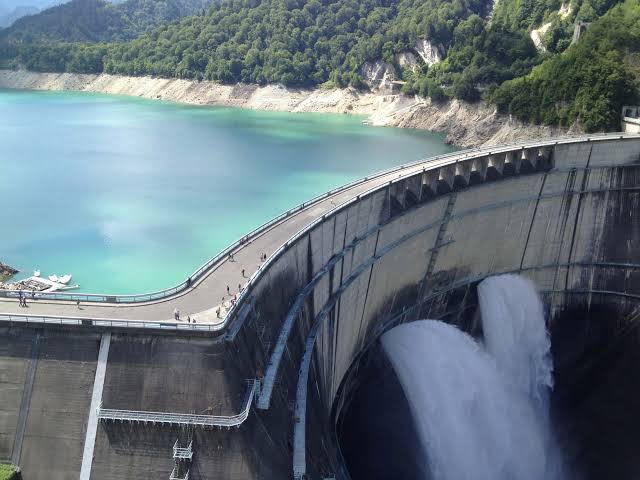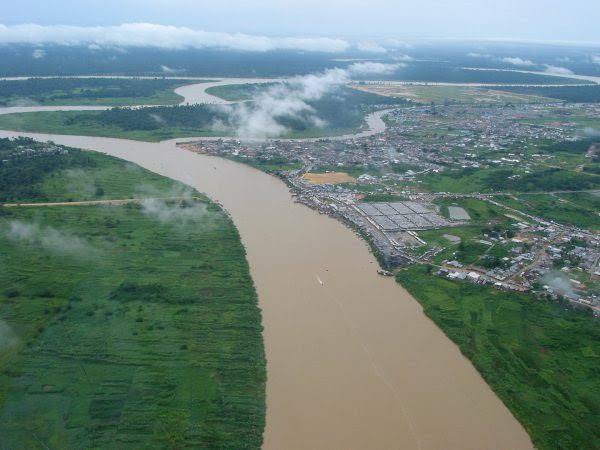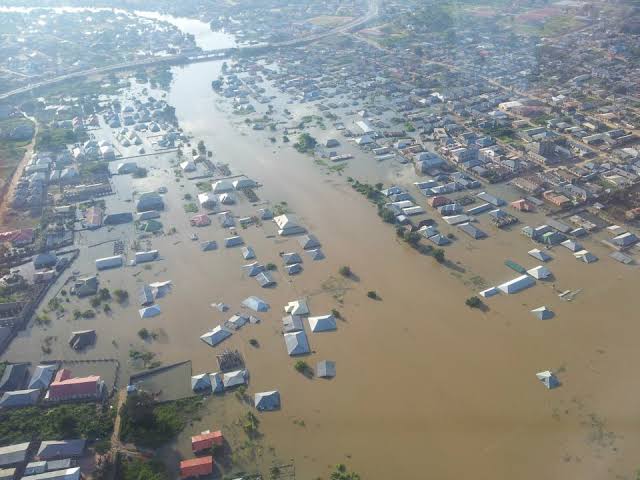Flooding in Nigeria: The Role of Cameroon’s Lagdo Dam

Flooding in Nigeria has been a recurring and devastating natural disaster, affecting millions of people and causing significant economic and environmental damage. One of the critical factors contributing to flooding in Nigeria is the Lagdo Dam in Cameroon. The dam, constructed on the Benue River, has had a profound impact on the downstream areas of Nigeria, particularly in the Adamawa, Benue, and Taraba states.
The Lagdo Dam’s role in Nigerian flooding is primarily attributed to its regulation of water flow. During periods of heavy rainfall, Cameroon authorities release excess water from the dam, often without adequate communication or coordination with Nigerian authorities downstream. This sudden release of water can lead to rapid rises in water levels, resulting in severe flooding in Nigerian communities situated along the Benue River.
Furthermore, climate change exacerbates the situation, causing irregular and intense rainfall patterns, which make flooding more unpredictable and severe. Deforestation and urbanization in flood-prone areas also worsen the impact of flooding by reducing natural flood mitigation systems like forests and wetlands.
Foreign factors, such as the transboundary nature of the Benue River and the international cooperation required to manage the dam effectively, further complicate the issue. Nigeria and Cameroon need to enhance diplomatic efforts and collaborate on a comprehensive flood management strategy that considers the interests of both countries.
To mitigate flooding in Nigeria, several steps can be taken:

- Improved Dam Management: Enhance communication and coordination between Nigerian and Cameroonian authorities regarding dam operations, especially during the rainy season.
- Early Warning Systems: Implement advanced flood forecasting and early warning systems to provide communities with timely alerts and evacuation plans.
- Reforestation and Watershed Management: Restore and protect natural flood buffer zones through reforestation and sustainable land-use practices.
- Infrastructure Resilience: Develop and enforce building codes and standards that ensure flood-resilient infrastructure in flood-prone areas.
- Community Awareness and Preparedness: Educate communities about flood risks, response protocols, and the importance of relocating from high-risk areas.
- Regional Cooperation: Encourage regional initiatives to address climate change and water management issues collectively, involving neighboring countries and international organizations.

Addressing flooding in Nigeria requires a holistic approach that combines local, national, and international efforts to mitigate the impacts of both domestic and foreign factors. By adopting these solutions and fostering cooperation, Nigeria can make significant strides in reducing the devastating effects of flooding on its population and economy.





